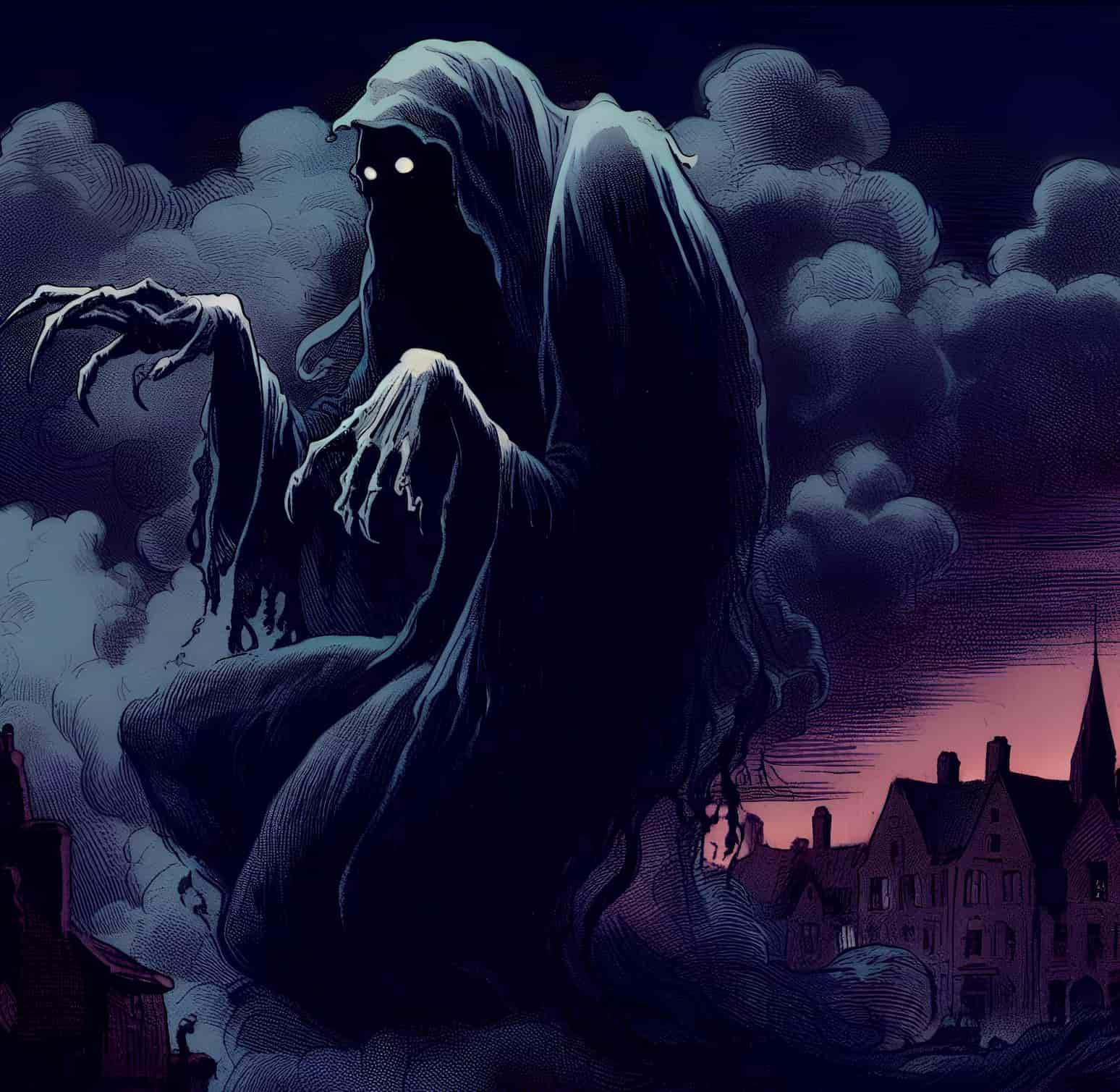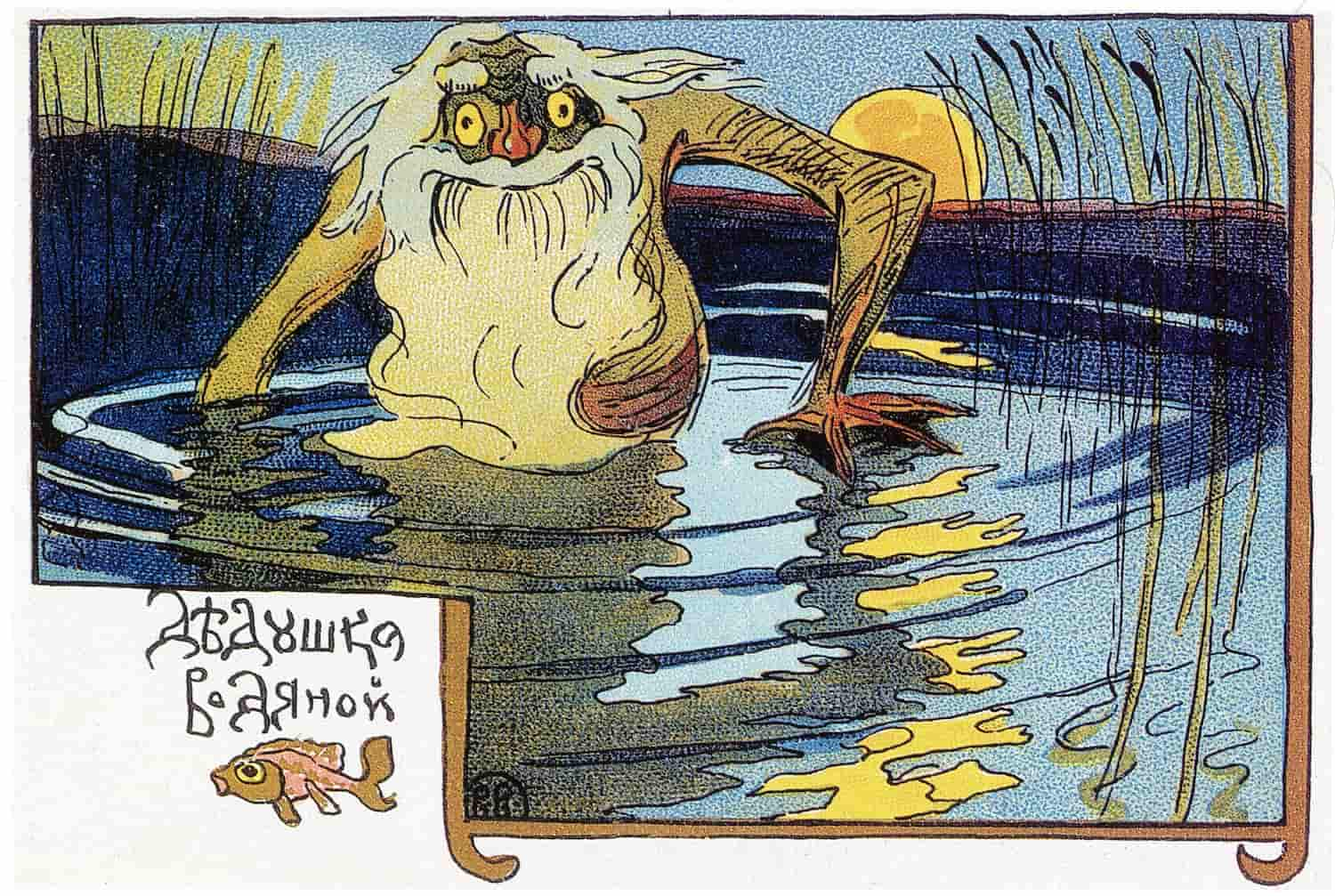Sluagh: The Spirits of the Restless Dead in Celtic Folklore
The Sluagh, restless spirits from Irish and Scottish folklore, were known as destructive souls rejected by Celtic gods and the Earth, often associated with stealing the souls of helpless or dying individuals.






